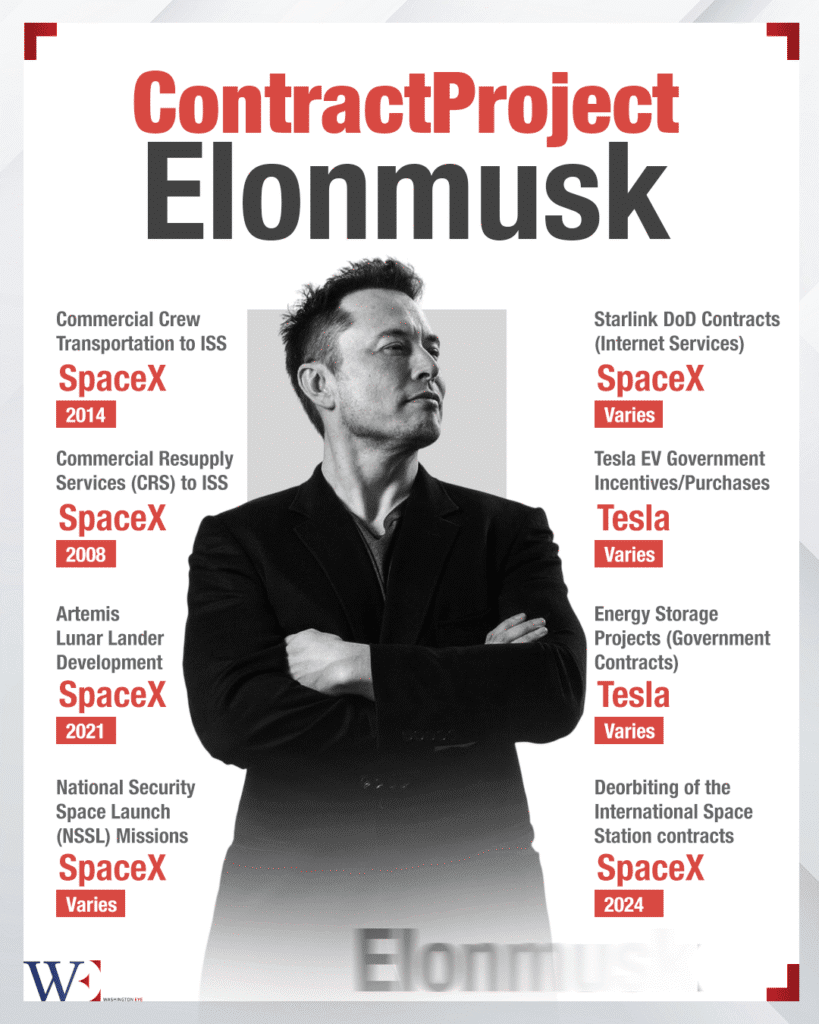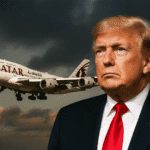Elon Musk has announced plans to scale back his role within the Trump administration’s Department of Government Efficiency (Doge), signaling a transition that could impact both government operations and Musk’s business interests. While the administration has maintained that Musk’s gradual departure was anticipated, the timing — coinciding with financial challenges at Tesla — raises important questions about the future of Doge, Tesla’s strategy, and broader standards of public-private collaboration.
Musk’s Exit: A Planned Departure or a Strategic Retreat?
Musk’s announcement that he will scale back his role at Doge comes at a critical juncture, coinciding with Tesla’s alarming 71% drop in profits. President Trump reinforced that Musk’s reduced participation had long been anticipated, framing the decision as a natural progression rather than a reaction to Tesla’s struggles.
However, the timing suggests strategic motivations. Tesla has faced global protests, accusations of political favoritism, and financial instability — issues that intensified amid Musk’s perceived political entanglements. By stepping away, Musk could be attempting to salvage Tesla’s brand and stabilize its market performance. Indeed, Tesla’s stock saw a modest rebound immediately following Musk’s statement.
The Mechanics of Departure: When and How?
Despite his stated intent, Musk’s departure timeline remains vague. As a “special government employee” (SGE), Musk is bound by a 130-day work limit per calendar year. Yet, government rules measure even partial workdays as full days, meaning Musk’s actual timeline could vary significantly depending on his engagement level.
Interestingly, working fewer days could prolong his tenure, and the counter resets in January 2026, conveniently close to Doge’s official end date: July 4, 2026, the 250th anniversary of the U.S. Declaration of Independence. Whether Musk plans a gradual withdrawal or a sharp exit remains ambiguous, feeding further uncertainty into both Doge’s operations and Tesla’s investor sentiment.
Ethics, Oversight, and Controversies
Musk’s involvement with DOGE has ignited significant ethical concerns. Under SGE rules, Musk must undergo ethics training, disclose financial interests, and avoid political endorsements while performing official duties. However, public disclosures have been lacking, and Musk was previously photographed wearing a “Make America Great Again” hat during official White House meetings — a potential violation of nonpartisan conduct rules.
Progressive watchdog group Public Citizen criticized Musk’s appointment, alleging that the Trump administration was “wildly abusing” SGE statutes by creating an oversight-light environment where private interests could overshadow public good. Musk’s numerous government contracts through SpaceX — totaling $22 billion — only deepen these conflict-of-interest worries.
DOGE’s Future Without Musk
The looming question is what becomes of Doge post-Musk about 100 Doge employees are expected to stay embedded within various government departments even after Musk’s departure. This suggests that Doge’s initiatives — centered on streamlining bureaucracy — may persist beyond Musk’s direct involvement.
Still, without Musk’s brand of celebrity and disruptive management style, Doge may either evolve into a more conventional administrative effort or wither without the spotlight he brings. Trump’s vision, anchoring Doge’s end-date to July 4, 2026, remains in place, but its execution will now rely on entrenched government staff rather than the star power of Musk.
Implications for Tesla and Musk’s Broader Empire
For Tesla, Musk’s reallocation of time is a welcome sign. Investors were rattled by fears that Musk’s political entanglements could diminish Tesla’s market appeal — especially among more liberal or international consumers. Tesla has already cited “changing political sentiment” as a material risk to demand.
Beyond Tesla, Musk’s sprawling empire — including SpaceX, Neuralink, and The Boring Company — stands to benefit from a reduced political footprint. Scaling back may help Musk reframe himself not as a polarizing political figure but as an entrepreneurial innovator, restoring focus to the technologies he champions rather than the controversies he invites.
A Final Note: A Calculated Withdrawal
Elon Musk’s decision to diminish his role at Doge appears less like a reluctant parting and more like a calculated withdrawal aimed at safeguarding his business interests while minimizing reputational damage. Yet, the consequences of his time in government — blurred ethical lines, persistent conflicts of interest, and politicized corporate reputations — may linger well beyond his departure. The unfolding chapters of Musk’s post-Doge career will likely redefine the boundaries between corporate leadership and public service for years to come.













